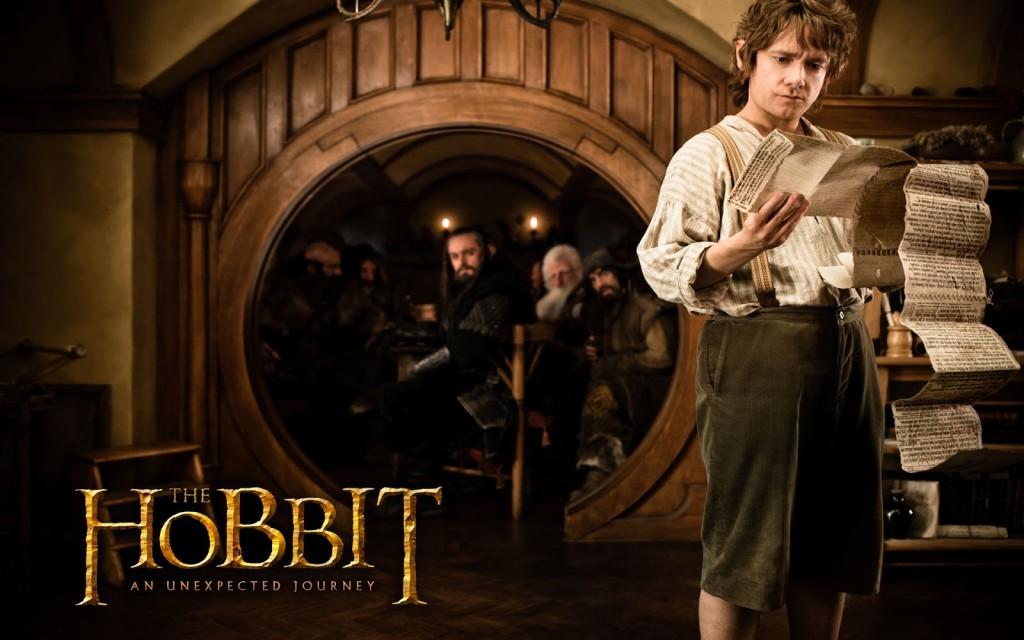One of the most commonly criticized aspects of Peter Jackson’s film adaptations of The Hobbit by J.R.R. Tolkien, is the creative license taken by the writers. Tolkien fans everywhere were disappointed by elements of the movie missing from the book.
There are several simple reasons why unfamiliar pieces have been integrated into the movies, one of which is that the Hobbit was written as a children’s book. Light-hearted and brisk, the prequel to the Lord of the Rings lacks the depth and meaning of the later series. While still an entertaining story, the children’s book has little despair and darkness, both of which are prevalent in the Lord of the Rings. Furthermore, the characters are slightly underdeveloped and bland. While perfect for an entertaining tale before bedtime, these characteristics would lead to an unsatisfying movie, especially when compared to the wildly successful Lord of the Rings trilogy.
Another valid reason for embellishing the plot is that the book was written in the 1930’s. Even the most enthusiastic fans would be hard pressed to find a female character in the book. That’s because there isn’t a female character in the book. Not a single one. While acceptable at the time the book was written, this is unrealistic today. There was a need for a strong female character, as shown with the introduction of the elf Tauriel played by Evangeline Lily.
Critics harp about Jackson’s attempts to connect the Hobbit to the Lord of the Rings. Anthony Lane from the New Yorker claims, “The weight of embellishment, on this occasion, makes the journey drag,” speaking about the additional scenes that contain Gandalf. What many of these critics seem to be ignoring is the fact that Tolkien addressed many of these so called “embellishments” in the appendix of the Return of the King, the third book in the Lord of the Rings trilogy. Tolkien even edited parts of the Hobbit, including the famous “Riddles in the Dark” chapter, to make more sense in the later trilogy.
While Jackson altered and distorted the story to be more entertaining and better fit with his earlier movies, the changes are not as significant as criticized. Jackson transformed an old children’s book into a movie intended for a mature audience, so who can blame him for adding unfamiliar plot elements and new characters?




